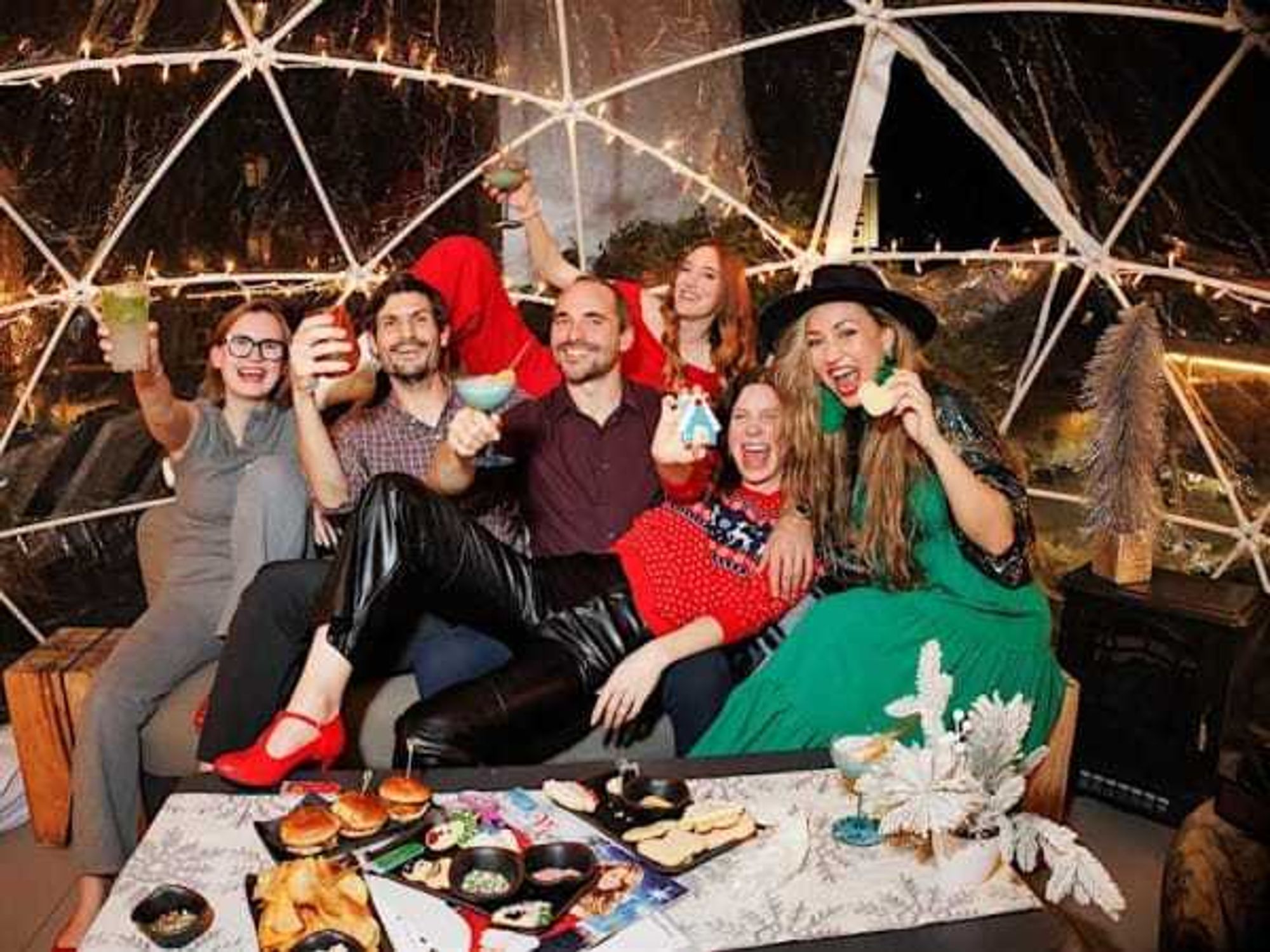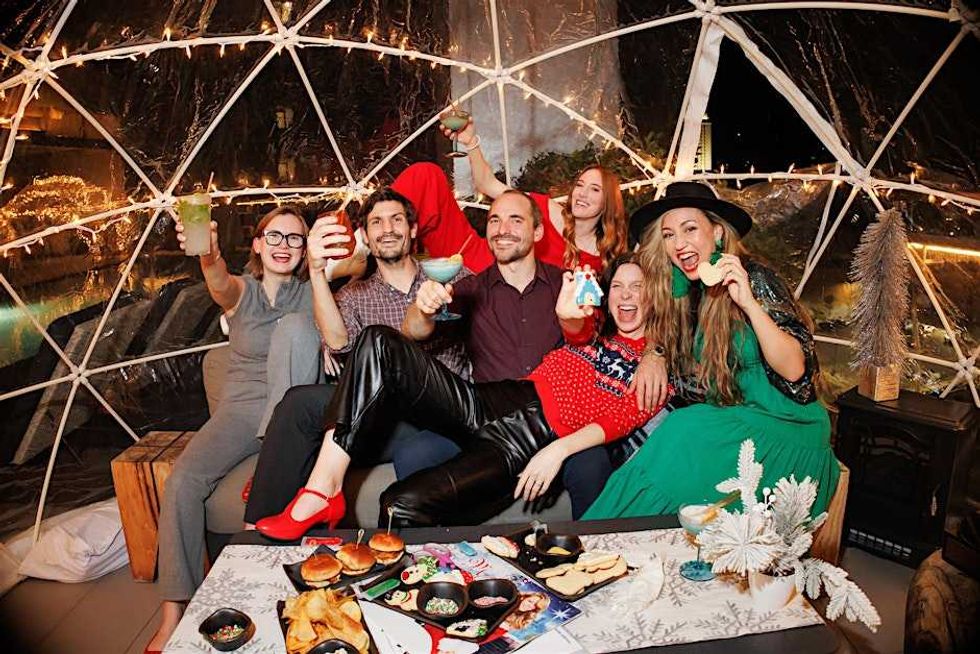Music For Capital
Music for Capital: Looking for the Austin music scene in 2012
Earlier this summer, I was in Fayetteville, Arkansas, when the myth of Austin: Live Music Capital of the World, reared its head again. Outside of Lalaland, an all-ages venue where the former Austinites in Real Live Tigers had played that night, some Fayetteville locals talked up their big dreams of moving to Austin.
“The scene here is good,” one of the guys said, “But there isn’t much room to grow. My friend went to Austin for SXSW, though, and it sounds amazing. As soon as we can afford it, I want to move my band down there. Just to be a part of that community.”
You’ll hear this sort of thing from aspiring musicians all over the country, if you talk to them about Austin. It’s always been a part of our city’s mythology, but it’s only gotten bigger as SXSW continues to blow up, as ACL has established itself as one of America’s Big-Four music festivals and as Fun Fun Fun Fest has earned a part of the national conversation.
We have these major events that bring the attention of music fans from all over to Austin, and if you’re a band dude in Arkansas with a dream in your heart that you might be able to go somewhere and find a home for your music, it’s a myth you’re eager to buy.
But is it true? The festivals do an admirable job of supporting local musicians, but the rest of the world is paying attention to watch Snoop Dogg Lion rap from inside a giant Doritos vending machine, not to check out what Quiet Company is up to. If you’re a local musician in Austin, what does the current scene even look like to you?
We’re from the music capital, where you can’t make music for capital
Filmmaker Nathan Christ addressed this a bit is in his outstanding 2010 documentary Echotone (now streaming on Netflix), where he followed local musicians like Black Joe Lewis, Belaire’s Cari Palazzolo, Bill Baird, Dana Falconberry and others to get a look at what it’s like to pursue your dreams of being a musician in a city where the prevailing myths of what opportunities are out there don’t always match reality.
Christ’s film focused on a scene where artists struggled to earn a living playing the music that the city’s reputation was built on. And that’s no less an issue in Austin music today than it was in 2009 when Christ was documenting the stories in the film.
Beyond money, though, is the question of how all of the changes in Austin’s profile have affected the culture and community of local musicians. When you airdrop huge, high-profile bands into Austin for festivals that capture the world’s attention three times a year, does that have an effect on the ones who play here the rest of the time?
For much of the past two decades, the path to a local scene ran through Emo’s on Red River. The new venue on East Riverside is focused exclusively on established touring acts, though, and venues like Red 7 and Mohawk have yet to fill that cultural role.
Other venues — especially Beerland, which plays home to our Casual Victim Pile-themed garage rock scene and Dirty Dog on Sixth Street, Austin’s unlikely home for metal — offer thriving scenes for bands that fit their niches.
A change is gonna come
All of this isn’t to say that, like, Austin music sucks now, and you should have totally come around during the heyday of Emo’s if you wanted to get in on the fun. Hell, no. But this is definitely a transitional period for Austin as a music city, and it’s time to start looking at what is happening here, right now, to get a better idea of what the future holds.
That night in Fayetteville a few weeks ago, one of the guys outside of Lalaland asked me what was happening in Austin music right now. I don’t feel like I’m out of touch, but I still didn’t have a coherent response for him.
Every other week I’ll be writing Music for Capital at CultureMap to explore these questions. This column is our attempt at drawing the map of Austin music in the right-now. Hopefully in a few months, we’ll have some answers — or at least some much better questions.



